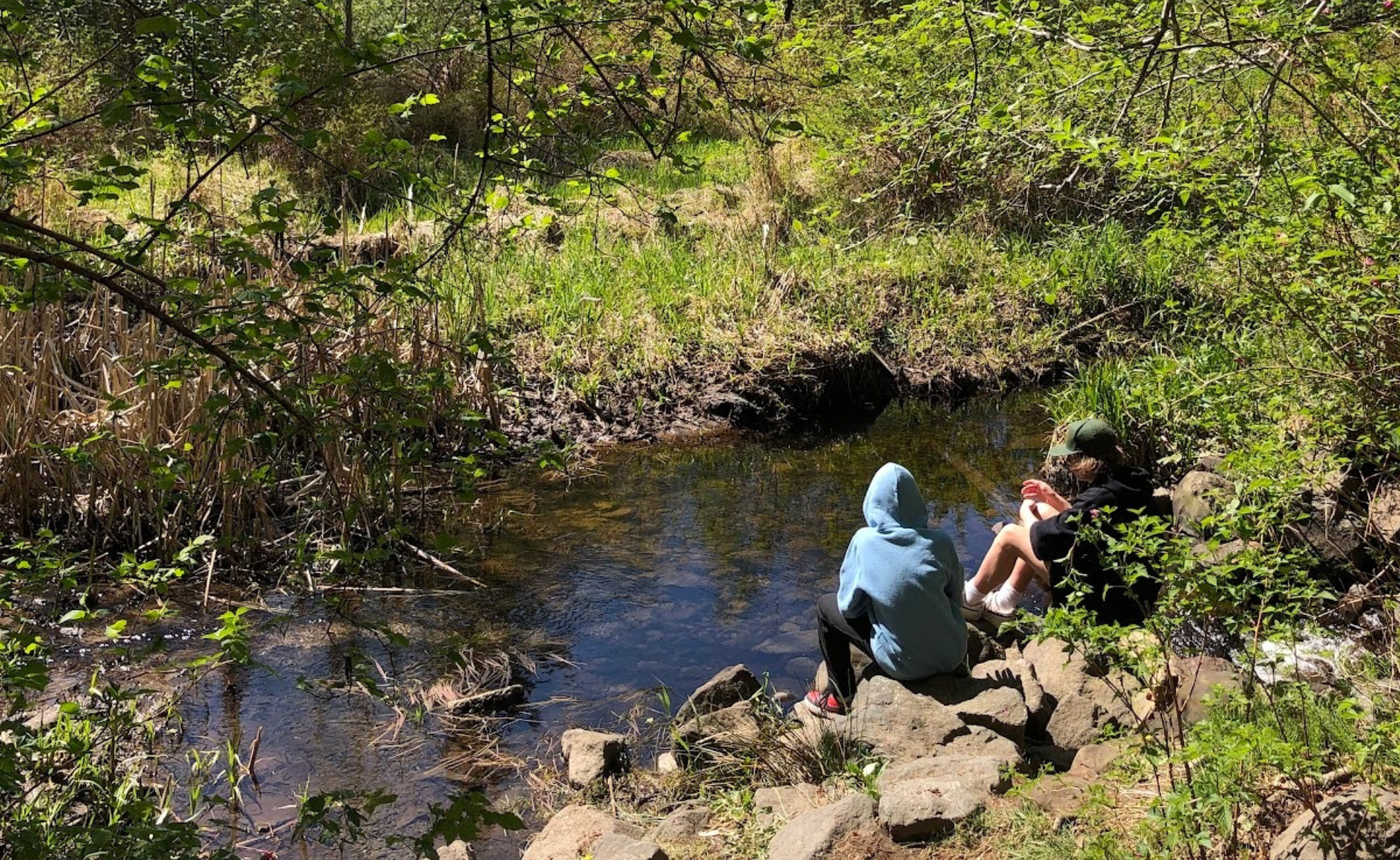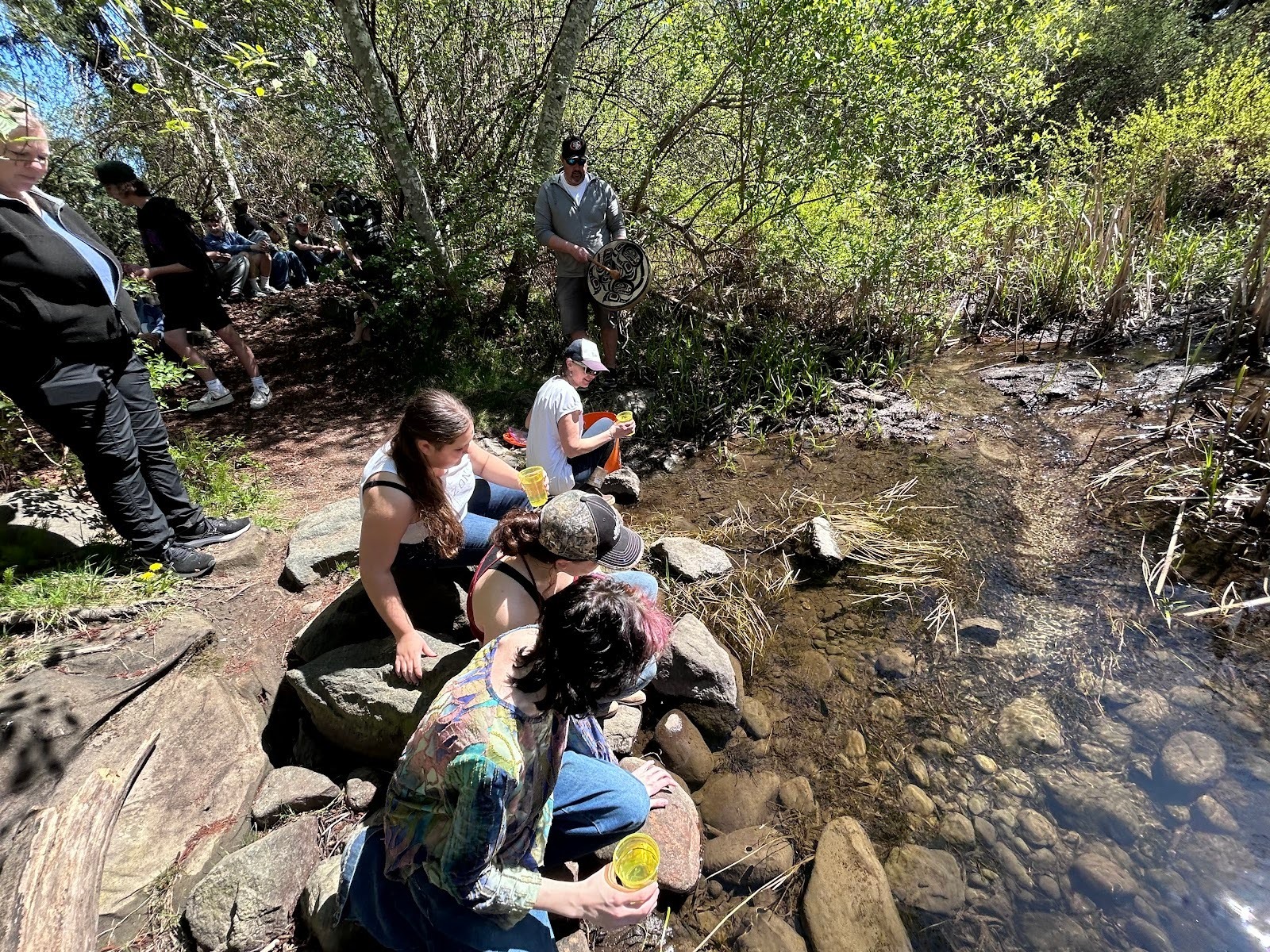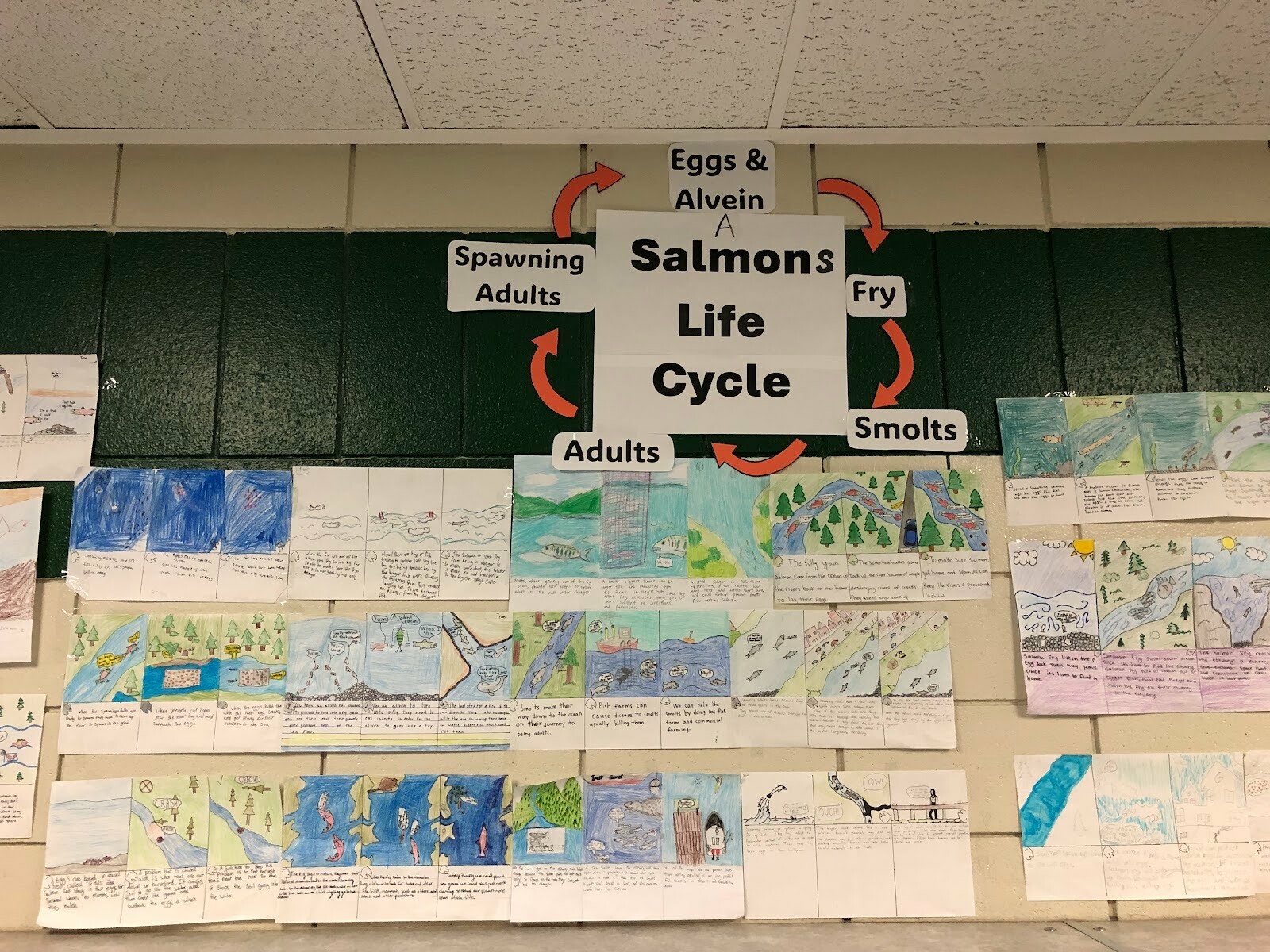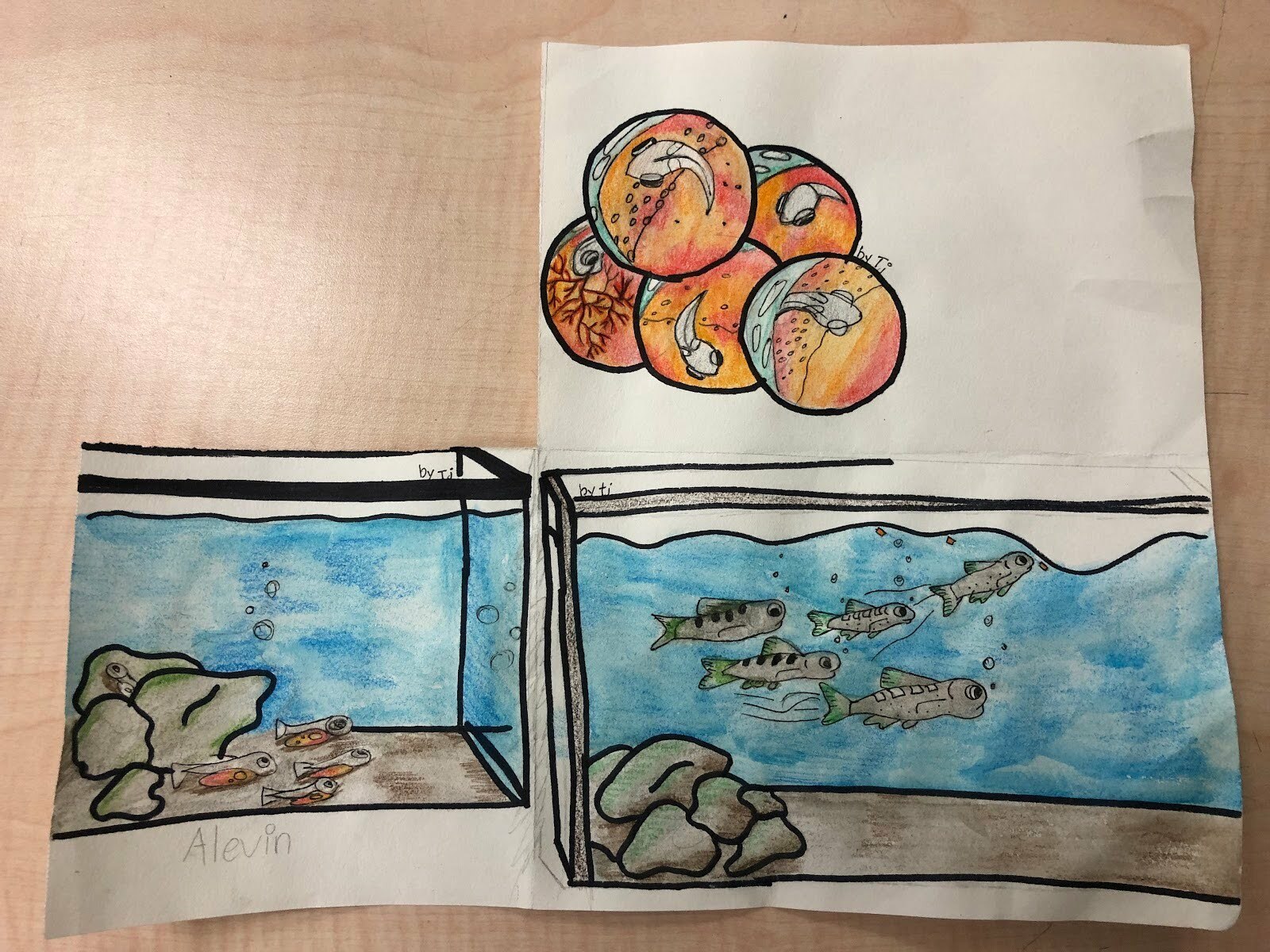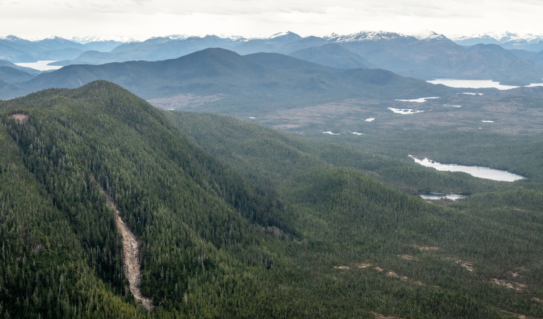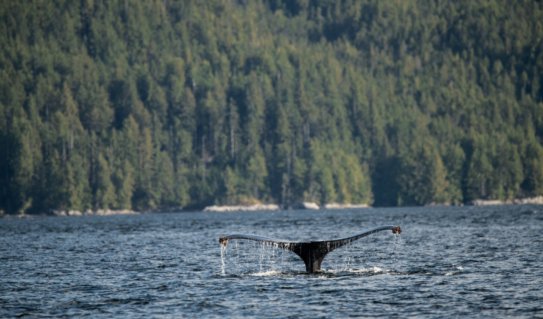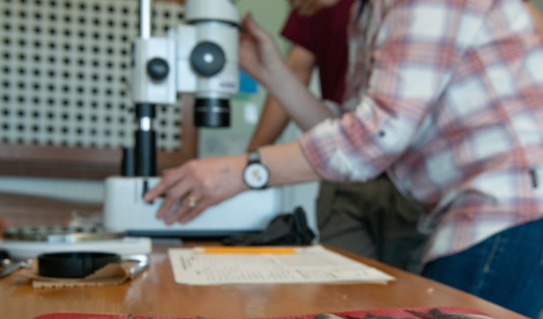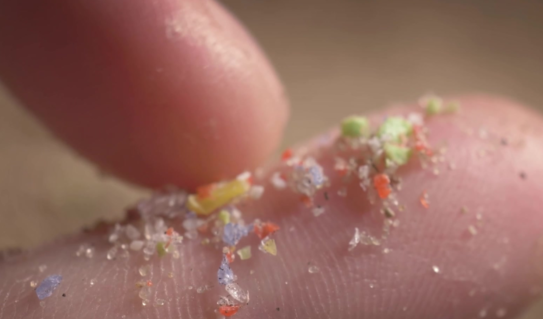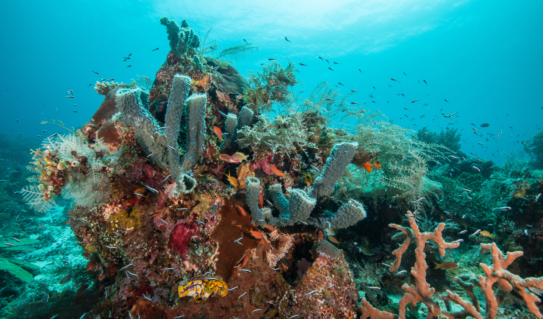Background
In mid-April, a group of forty-five thirteen and fourteen year olds gathered at the edge of a small creek. Normally bouncy, loud, and borderline inappropriate, this gangly group of middle schoolers stood quietly as the drum beat began.
Will Henderson, a local cultural leader, drummed the Kwak̓wala salmon song, and the middle schoolers waited patiently for their turn to release the small coho fry they were holding in plastic cups. Gently, in small groups of two or three, they approached the creek bank, crouched down and slowly let the fresh creek water enter their cup. Some of the fry immediately darted out of the cup and into the creek. Other fry seemed hesitant to leave the comfort of the cup and hung back until the cup was tipped, sending them out into the stream.
Overheard were the middle schoolers sending their little fish out into the big wild world. “Stay safe, little buddy,” “Maybe one day I’ll see you back under the bridge over there,” “Don’t get eaten!” and “Maybe I’ll eat you for dinner in a few years.” Reflecting back in the classroom, students remarked that through this experience they felt a deeper connection to the salmon, and were more aware of the role salmon play in the ecosystem, and their importance to coastal communities.
Here on the west coast of Canada, salmon are the lifeblood of both ecosystems and human communities that span the coast. In British Columbia many elementary school students participate in the Stream to Sea Program, funded by the Department of Fisheries and Oceans Canada, where students raise salmon in their classrooms. For the second year in a row, my Grade 8 class had the opportunity to participate in this program. In the post that follows, I will share how my teaching partner and I wove the story of salmon into our math, science, and language arts curriculums over the course of the school year with the help of Ocean School.
